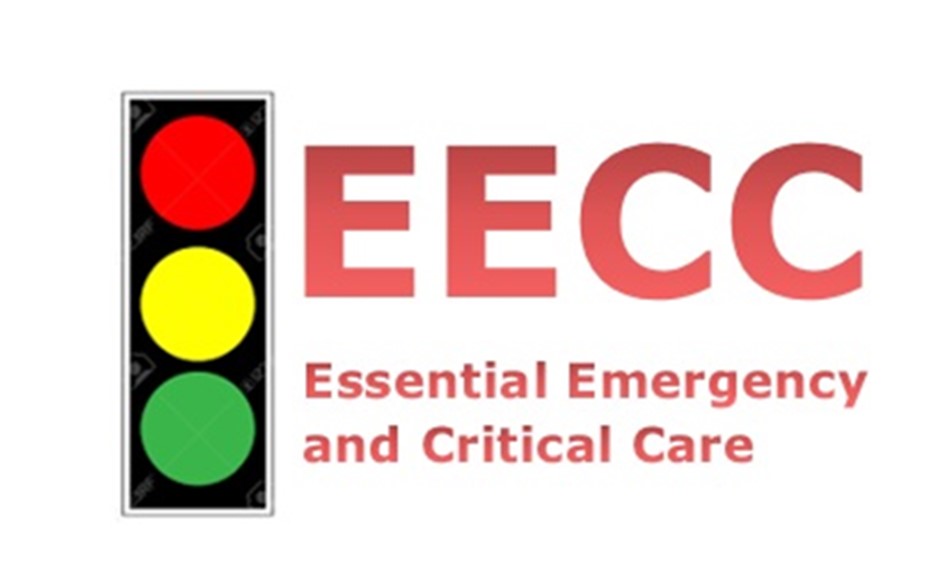The positive impact of Essential Emergency and Critical Care (EECC) services is clear to see and yet these vital services remain chronically under-resourced in health systems around the world. WSFA Committee Member and renowned EECC expert, Dr Tim Baker, outlines what we can do about it.
“Quick, please help! This patient is very sick, we must do something!”; a frequently heard cry in hospitals all over the world. Such patients are “critically ill” and are among the estimated 45 million cases of critical illness globally each year. Critically ill patients require urgent and life-saving care but unfortunately, such care is not always provided in many settings worldwide. Many hospitals in low- and middle-income countries do not have intensive care units. And there are substantial deficiencies in the basic identification and management of critically ill patients. In Malawian hospitals, for example, 90% of hypoxic patients do not receive oxygen.
To tackle the problem of neglected care for critical illness, the Essential Emergency and Critical Care (EECC) approach has been advocated. EECC is defined as “the care that all critically ill patients should receive in all hospitals in the world” and the 40 clinical processes that comprise EECC have recently been specified in a global consensus project which I’m currently leading on . This minimum standard package for the care of critical illness includes such fundamentals as triage, critical illness identification, oxygen therapy, intravenous fluids, and patient positioning. The sixty-six resources for hospitals to be ready to provide EECC have also been specified, including pulse oximetry, oro-pharyngeal airways and IV giving sets.
It may seem strange, or even shocking that such care is not provided as standard everywhere. Indeed, when the COVID-19 pandemic hit, the predominant response to the surge of critical illness worldwide was a scale-up of mechanical ventilation, on the assumption that the essential care must already be provided. The reasons this is not always the case include the substantial inequity in health resources between and within countries worldwide, plus the traditional organisation of health services by medical speciality and diagnosis, rather than by illness severity – the care of critical illness can be forgotten. Anaesthesia and Critical Care, along with Emergency Medicine, are the specialities that focus on illness severity and the provision of urgent, life-saving, organ supportive care – and unfortunately, these specialities are under-staffed and have only a weak voice in many settings.
In the ongoing POETIC project conducted during the COVID pandemic, health facility assessments, policy analyses, economic evaluations, and implementation research studies in EECC have been conducted in Tanzania, Kenya and globally. Preliminary results indicate large quality and safety challenges in critical care. The changes made in the pandemic have not addressed the underlying challenges in care provision and given that coordinated, effective care is required over days for critical illness, the system of care remains almost as vulnerable to the next public health emergency as it was at the start of COVID. While 85% of resources required for EECC exist somewhere in the hospital, only 52% are ready for use when and where critically ill patients need them. Care in general wards is a particular weakness, and is a global challenge, with poor identification and treatment of critically ill patients in the wards in high- middle- and low-income countries. Economic analyses have found that providing EECC to a critically ill patient can cost only $17-21USD/day and is as cost-effective as malaria treatment for children or emergency obstetric care. If EECC was provided in all settings, modelling suggests that up to 1 million lives could be saved globally each year.
It is clear that EECC is required. The challenge now is to implement it. The EECC Network www.eeccnetwork.org has been set-up to further this aim, and dialogue is ongoing with the WHO, UNICEF, National Health Ministries, and other key stakeholders. EECC projects are planned in WFSA, and the hope is to work with partners on the positioning of EECC as the foundation of health system strengthening, leading to the re-design of resilient health systems that can prioritise and provide quality care to critically ill patients wherever they are located and an optimal response to public health emergencies.






